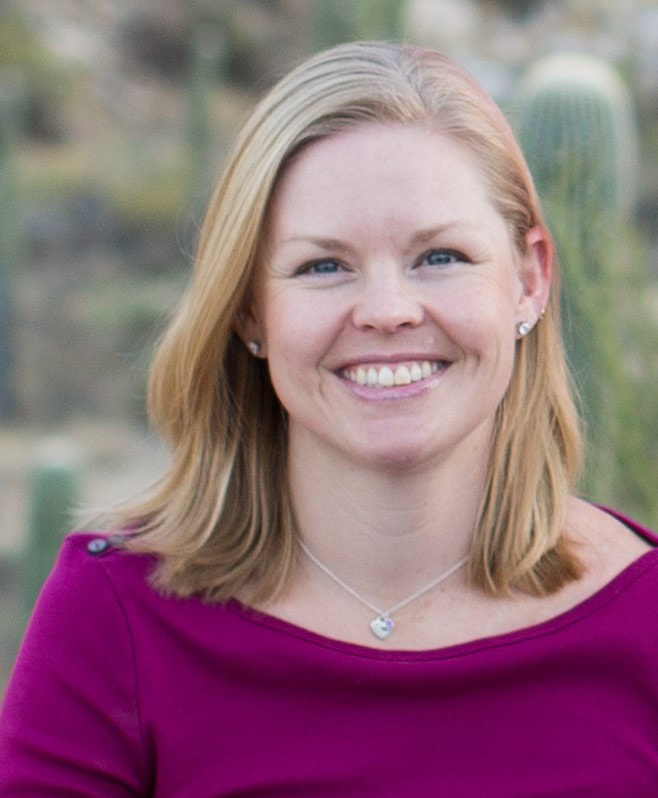| Microbes are present everywhere, from the barren Atacama Desert to the mucous lining of our lungs and guts. Their interactions in the environment and within their hosts fascinate me, which has lead me into the field of microbial ecology. For my graduate studies, I worked with Dr. Raina Maier at the University of Arizona focusing on the role of microbes in phytostabilization of mine tailings, which are the waste left behind after ore extraction. The goal of phytostabilization is to utilize a plant cover to sequester metals in the root zone and prevent wind erosion. We aimed to assess the feasibility of direct-planting with a compost amendment into highly acidic and toxic metal-contaminated mine tailings that were susceptible to wind erosion and transport into the nearby town. Specifically, my project was to examine how plant-associated bacteria immobilized metals, such as As and Pb, while also contributing to plant health and soil development. I found that while compost amendment and plants increased the pH of the tailings substrate and abundance of plant-growth-promoting bacteria and heterotrophs in the beginning, over time, the tailings returned to acidic conditions dominated by autotrophs as the compost either eroded away or was used up, restricting the presence of beneficial bacteria to ‘islands’ surrounding the plants. Because plants need beneficial bacteria in the bulk soil to recruit from, this indicated unsustainable plant establishment and lack of healthy soil development. To support me in my graduate studies, I had the honor of being awarded the NSF Graduate Research Fellowship. In my current postdoc position with Drs. Donata Vercelli and Fernando Martinez at the Asthma and Airway Disease Research Center, I have shifted from the environment to the host microbiome by exploring how gut and lung microbiota are associated with asthma. In one of my projects, we use a germ-free mouse model to study the role of the gut microbiome in asthma development. We have discovered that mice receiving fecal transplants from Amish farm children, who have extremely low rates of asthma, protect from experimental asthma while fecal transplants from Hutterite farm children, who have high rates of asthma, do not. This reveals the important role of the gut microbiome in asthma development, which is likely driven in part by microbially-produced metabolites. For this work I was awarded the ATS (American Thoracic Society) Science and Innovation Center Abstract Award. For my other project, I have characterized the sputum microbiome of adult subjects from the Children’s Respiratory Study (CRS) to examine how lower respiratory infections in childhood and smoking can impact adult lung microbiome. We hope that the results could shed light on the potential role of the lung microbiome in the development of asthma and perhaps even chronic obstructive pulmonary disorder (COPD). During this time, I was supported by the NIH T32 Postdoctoral Research Fellowship. In my next postdoc adventure, I am excited to join Drs. Laura Meredith and Malak Tfaily at Biosphere 2 to explore the rainforest soil microbiome’s response to drought in the WALD (Water Atmosphere and Life Dynamics) experiment. Overall, I enjoy identifying patterns in microbial ecology using creative approaches, whether by linking the environmental or host microbiomes to geochemical or immunological data, or combining multiple ‘omics datasets. While I’m not working, I enjoy taking time off to run and ride bikes through the beautiful Tucson desert. |
|
0 Comments
|
SpotlightEach month we'll feature a Postdoctoral Scholar and their research, sharing their experiences from the UA, life in Arizona and their research interests. Archives
November 2022
Categories |

 RSS Feed
RSS Feed
